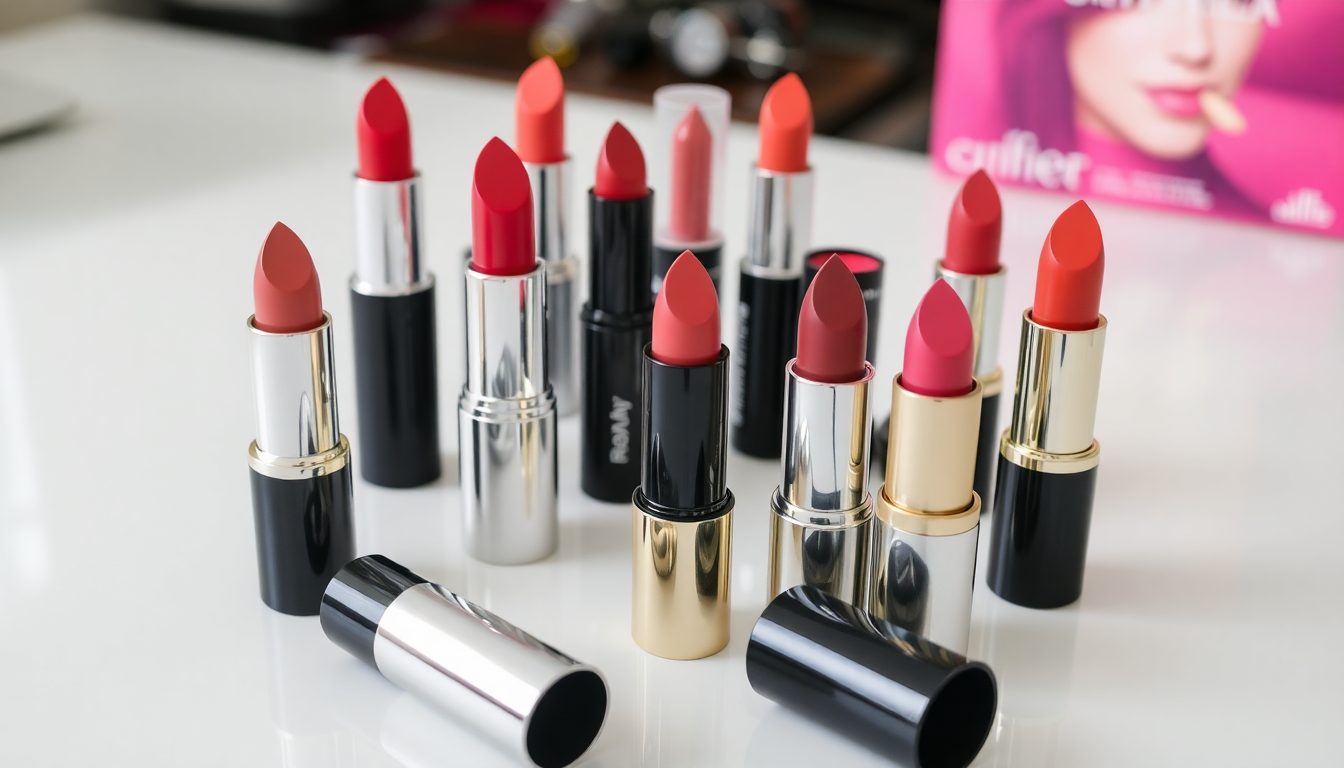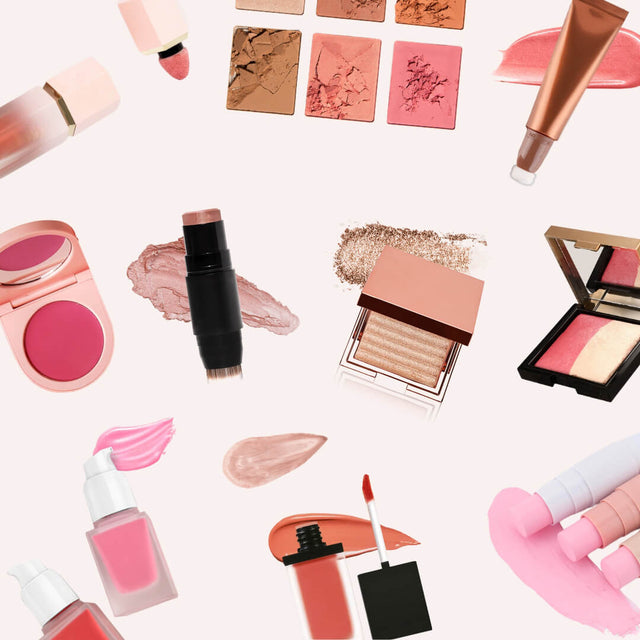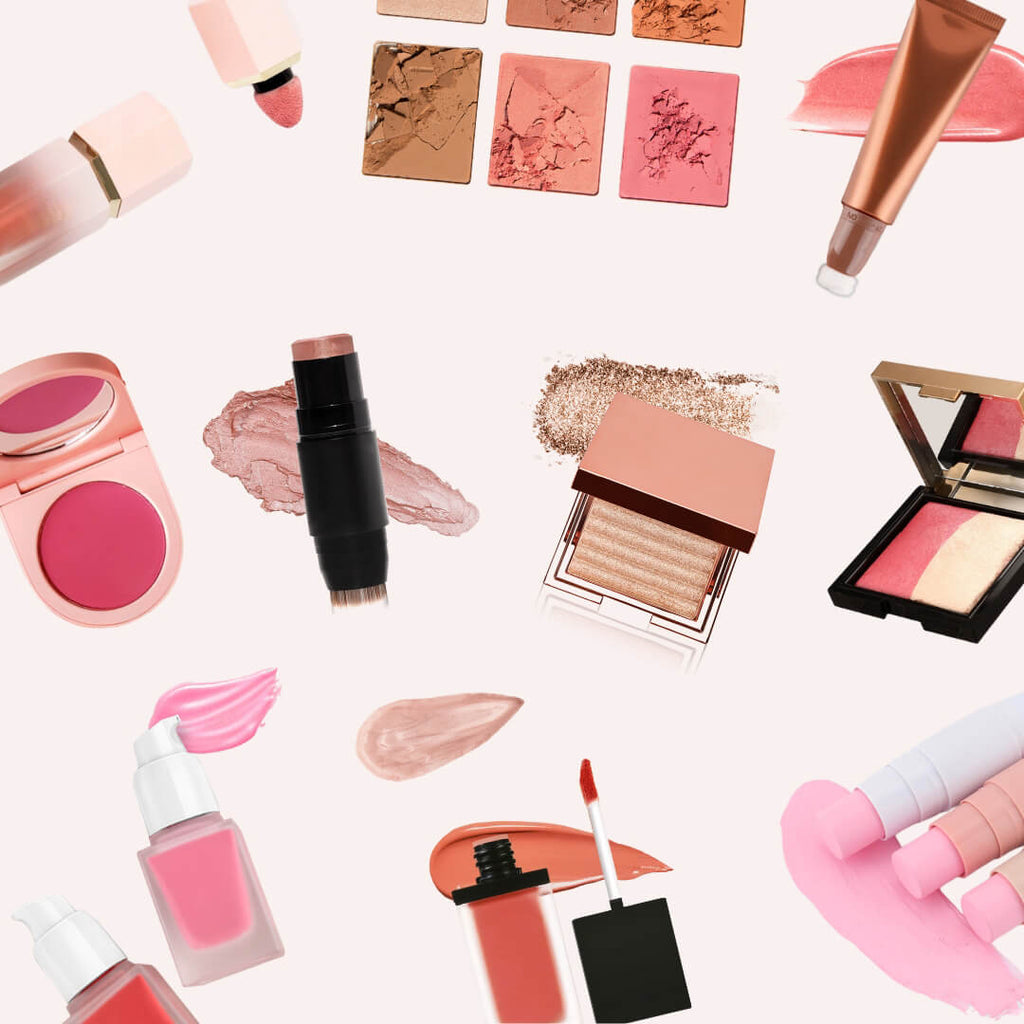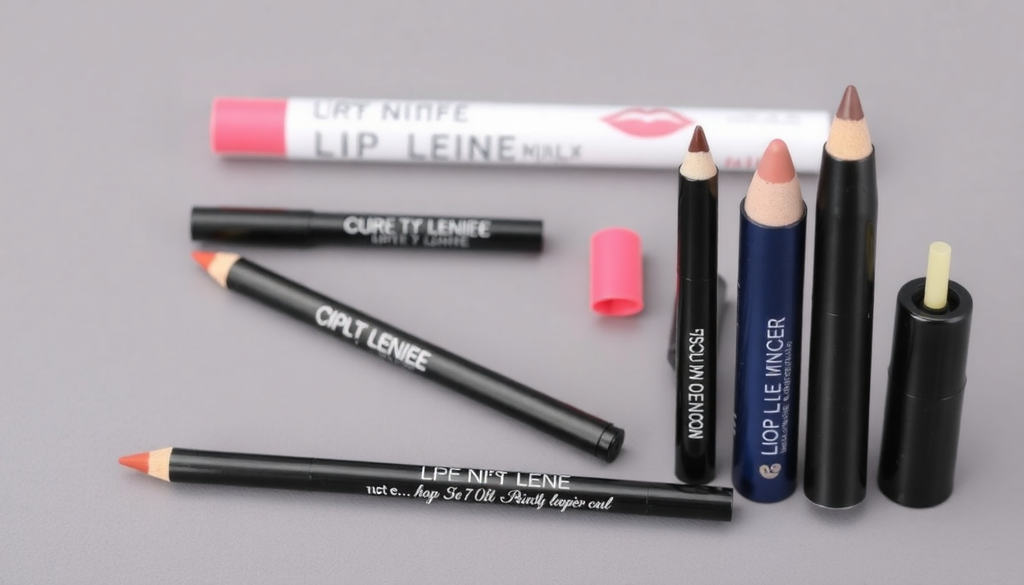
Compliant Private Label Lipstick: FDA Color Rules, Stability Testing & Low-MOQ Manufacturing Tips
Ultimate Guide to Launching Private Label Lipstick Like a Pro
Ready to launch a private label lipstick that’s compliant, durable, and profitable? This extended guide walks beginner beauty entrepreneurs through FDA color rules, robust stability testing, and low-MOQ manufacturing tactics—with practical checklists, a step-by-step timeline, and manufacturer negotiation tips. Target keywords: private label lipstick, custom cosmetics, MOQ, vegan lip product.
Why Lipstick Is Your 2024–2025 Brand Launchpad (Market Signals)
Lipstick remains a high-margin, highly discoverable product category—ideal for small brands looking to build social proof quickly. Recent years show three consistent trends shaping the category:
- Renewed consumer interest in bold and wearable color as social occasions resume and content creation accelerates.
- Premiumization driven by textures (satin, hybrid satin-matte) and clean ingredient claims—customers pay for feel and ethics.
- Vegan/cruelty-free and sustainable packaging are deciding factors for many shoppers discovering indie brands online.
Position your line around a compact, high-performing range: 5 starter shades, one or two finishes, and clear claims (vegan lip product, long-wear, transfer-resistant) will maximize early traction.
Step 1: Formula Foundations — What Beginners MUST Know
Choose a formula family first: bullet (traditional), liquid (long-wear), or a hybrid (satin). Your choice dictates pigments, wax system, and preservation strategy.
Formula Checklist
- Define finish and performance: matte, satin, creamy, long-wear—this affects base oils, wax ratio, and pigment choice.
- Pigment plan: start with high-quality iron oxides and titanium dioxide for neutrals; plan for certified lakes for bright reds. Work with your manufacturer to confirm permitted uses.
- Vegan swaps: replace beeswax with candelilla or carnauba; avoid lanolin. Label clearly: "vegan lip product" only if all inputs are plant/synthetic-derived and no animal testing was used.
- Simple preservative approach: anhydrous bullet lipsticks typically don’t require broad-spectrum preservatives, but liquid formulas with water require validated preservatives and microbial testing.
- Texture & slip: adjust ester types (isopropyl myristate, caprylic/capric triglyceride) for feel; avoid sticky gloss agents if you want a non-sticky satin bullet.
FDA Color Rules — A Practical Roadmap
Color additives in the U.S. are regulated by the FDA and allowed uses depend on each color’s approval. Practical steps for compliance:
- Work with your manufacturer to obtain the regulatory status of each pigment (approved use for lip products versus external-only use).
- Keep documentation: batch certificates, CAS/INCI numbers, and supplier declarations for every colorant.
- Avoid assuming interchangeability: some pigments allowed in eye products aren’t permitted in lip products—confirm before scaling shades.
- Label accuracy: ensure pigment listings and INCI names are correct and that marketing claims do not overstep allowed statements.
Ask your supplier for a color compliance packet as part of your quote—this saves weeks during retailer or distributor audits.
Step 2: Stability Testing — Your Non-Negotiable Quality Net
Stability testing protects your brand and is frequently required by retailers. Here’s a practical regimen for startups that balances cost and coverage.
Starter Stability Protocol (Actionable)
- Baseline: record appearance, scent, hardness/viscosity, and pigment uniformity at T=0.
- Accelerated: 40°C for 1 month to surface obvious failures (oils separating, color shift).
- Real-time: 3- and 6-month checks at ambient warehouse conditions for typical shelf-life signals.
- Freeze-thaw cycles: 5–10 cycles to simulate shipping extremes and check phase separation or cracking in bullets.
- Microbial checks: required for any formula with water; for anhydrous systems, test for possible contamination from use or filling processes.
- Packaging interaction: final-fill tests in production packaging—watch for staining, migration, or viscosity changes.
Key takeaway: Never skip stability testing! It prevents costly recalls, reduces returns, and expedites listing with retailers and marketplaces.
Step 3: Packaging That Sells — Low-Cost Wins & Sustainable Options
Packaging influences cost, margin, and brand perception. For low-MOQ early runs, balance affordability and perceived value.
Packaging Checklist
- Budget-friendly: standard injection-molded plastic bullets or stock metalized casings (low unit cost, lower perceived premium).
- Premium look with low MOQ: printed sleeves, tuck boxes, or heat-transfer labels—these add perceived value without custom tooling.
- Sustainable choices: sugarcane PCR tubes or paper-based outer boxes. Note: sustainable components can increase lead time and cost—plan accordingly.
- Custom tooling: reserve for scale. Custom bullet shapes and embossed caps usually require higher MOQs and tooling fees.
When negotiating, ask for shared-mold or stock-case options to lower minimums and tooling exposure.
Step 4: Color Strategy — Building a Profitable 5-Shade Capsule
Pick five shades that maximize appeal and make inventory management simple:
- Hero red: high social proof and conversion.
- Universal nude: wearable for everyday customers.
- Soft rose: broad skintone appeal.
- Deep berry: seasonal and evening wear, increases AOV (average order value).
- Trend accent: coral, terracotta, or mauve depending on seasonality.
For digital assets, request Pantone or spectral matches during lab dips and keep a record of each approved lab dip. Treat color approval like a product—document each round and sign off before production.
Step 5: Cost Control & MOQ Tactics — Negotiate Smarter
Understand cost drivers: formula complexity, pigment cost (bright lakes and certified pigments cost more), packaging, tooling, and testing. Typical cost guidance for planning:
- Entry-level bullet lipstick: ballpark $1.20–$3.50/unit at MOQs around 500–1,000 for stock components.
- Premium options: metalized shells, custom caps, or special pigments push unit costs higher ($4+).
- Always add 10–20% contingency for testing, labeling updates, and freight.
MOQ Negotiation Tips
- Ask about pilot/sampler runs—many manufacturers offer smaller pilot runs (MOQ 100–300) at higher per-unit cost to validate market response.
- Request a staggered production plan: initial small run followed by replenishment batches with better pricing.
- Leverage shared components: keep the same casing for multiple shades to unlock price breaks.
- Negotiate payment terms and split tooling costs where possible; agree on clear timelines and penalties for delays.
Manufacturer's Corner: How We Make Lipstick Development Painless
A good manufacturing partner streamlines formulation, lab-dip rounds, compliance, and pilot production. Expect the following services from a reliable custom cosmetics manufacturer:
- Starter formula library and off-the-shelf bases to reduce R&D time.
- Lab-dip and color approval rounds with digital and physical samples.
- Small-batch pilot runs for low MOQs and a clear pathway to scale.
- Regulatory support: pigment certificates, INCI declaration, and stability reporting templates.
Manufacturer Checklist — 5 Critical Questions to Ask
- What are your MOQ tiers (stock vs custom) and price breaks at 500, 1,000, and 2,500 units?
- Can you share previous stability reports and examples of pigment compliance packets?
- Do you offer formulation support for vegan lip product variants and clean-label substitution advice?
- What is your lead time for lab-dips, pilot runs, and full production?
- How do you manage QC and batch records—can you provide copies for audit or retailer requests?
Pre-Launch & Go-to-Market Checklist
- Confirm regulatory/compliance packet for all pigments and ingredients.
- Complete at least accelerated and 3-month stability tests; document packaging interaction.
- Finalize 5 starter shades with signed lab-dip approvals.
- Secure packaging and print proofs, confirm lead times, and order a pilot run.
- Create marketing assets: product photography, shade cards, and usage/caution copy for labels.
Suggested Timeline for a First Launch (0–16 Weeks)
- Weeks 0–2: Select finish, pick 5 shades, and request formulas from potential manufacturers.
- Weeks 2–6: Lab-dip rounds and iterative formula adjustments (2–3 rounds typical).
- Weeks 6–10: Stability accelerated testing starts; finalize packaging options and order samples.
- Weeks 10–14: Pilot production run and QA; marketing assets created and sample outreach starts.
- Weeks 14–16+: Full production order placed based on pilot learnings and inventory needs.
Common Red Flags & How to Avoid Them
- No pigment certificates or refusal to provide batch documentation—walk away.
- Manufacturer promises unrealistic MOQs without tooling or clarifies hidden costs—ask for written quotes.
- Skipping stability or only doing visual checks—insist on documented protocols and results.
- Ambiguous IP or formulation ownership—clarify NDA and ownership of custom formulas upfront.
Final Thoughts & Next Steps
Launching a compliant, attractive private label lipstick is both creative and technical. Keep your first collection small and validated, focus on compliance (including FDA color rules), and insist on stability data before scaling. Partner with a manufacturer who supports low-MOQ pilots, provides compliance documentation, and offers transparent pricing.
Bold reminder: Never skip stability testing! A single stability failure can cost far more than the testing itself.
Ready to move from idea to market? Request our private label lipstick starter kit and a pilot production quote at [CONTACT PAGE].
With clear planning, smart packaging choices, and the right manufacturing partner, your private label lipstick can be a launchpad for growth. Start lean, validate quickly, and scale the shades and finishes that perform best.




